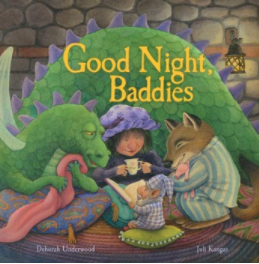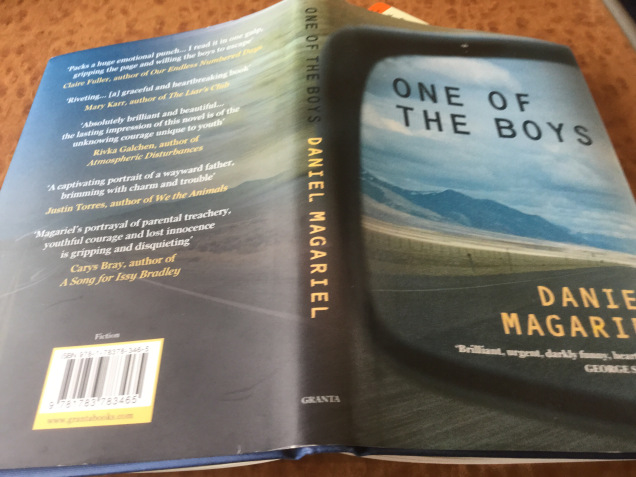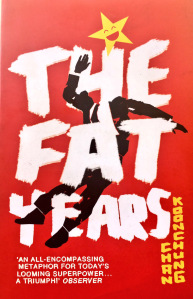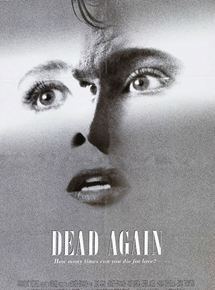
For me, Death Makes a Prophet ranks up there with The Murder of Roger Ackroyd when it comes to vintage crime novels. From the instant I started reading this book, I’ve been struggling to see how/ why it took me so long to come across John Bude’s novels. Maybe it’s because crime fiction in that era is dominated by Dame Agatha, but Bude is an amazing writer one should not overlook!
This novel was first published in 1947 at a time when cults were regularly featured in crime novels. The aura of mystery around cults and the gullibility of devout followers make fine plot ingredients, and John Bude uses them as key elements in his brilliant novel, Death Makes a Prophet.
Death Makes a Prophet begins when Eustace Mildmann, a nobody who worked at a small provincial bookshop found Cooism (shorten for Children of Osiris). Cooism was an obliging religion which believed in magic numbers, astrology, auras, astral bodies, humility, meditation, vegetarianism, immortality, hand-woven tweeds and brotherly love, and Eustace identified the vegetarian, non-smoking, teetotaler elite in Welworth Garden City as the ideal intellectual coterie to be his audience. By the time Coosim was created, Welworth already housed acolytes of 57 religions, but its denizens were always on the lookout for the next new religion that might lead them to salvation! So with Alicia Hagge-Smith, a widow with a fortune bequeathed to her by her late husband, acting as the financial prop, Eustace opened up the first Temple of Cooism in Welworth and began to fully focus on the spiritual aspect of it, serving as the High Prophet.
As years passed by, thanks to the exclusivity Cooism provided for it was a religion only the relatively well-off could afford, the cult began to attract zealous devotees in thousands. Cult’s continuous growth brought up the question of a successor, and when Peta Penpeti, a man with great pious and personality arrived in Welworth, the choice for Prophet-in-Waiting made seem obvious.
Now to the onlookers, Cooism might have looked like a well-oiled machine, however, the cult, in reality, was seething with jealousies and rivalries, creating the perfect setting for murder.
Bude’s novel features Inspector Meredith, and I must say I found him to be one of the most likable detectives I’ve come across in vintage crime. He is very humble in his manner and doesn’t have the intellectually superior vibe Poirot has going! He tries to actively engage his subordinates in solving the puzzle, and he is open about his findings/ thoughts. Sadly we don’t get to spend much time with him, as the crime doesn’t occur until we reach the second half of the book. But the build-up is also thoroughly enjoyable! Bude takes his readers to Welworth and lets them get properly acquainted with the cast, and it is not slow-moving or mundane because Bude let us in on all the quirky details about the cult and its members.
I am glad British Crime Classics reprinted this neglected classic. This charming book doesn’t deserve to be forgotten!
Advertisements Share this:




